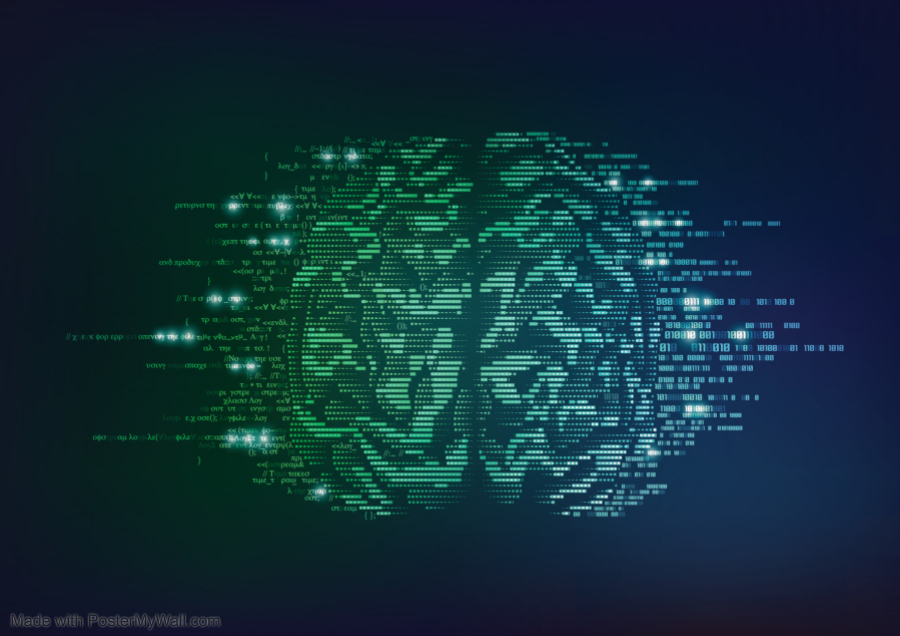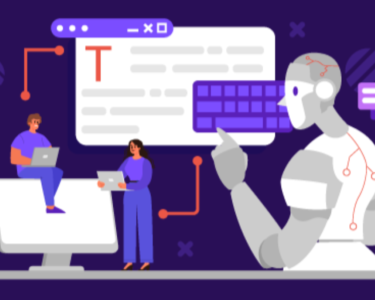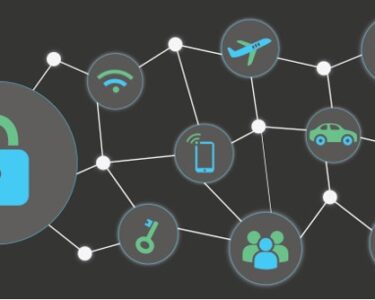
Generative AI: A Revolution in Content Creation
Generative artificial intelligence (AI) has emerged as a game-changer in various industries, revolutionizing the way content is created. This advanced technology allows computers to generate human-like text, images, audio, and video.
Text Generation
Generative AI models like GPT-3 and BLOOM can generate coherent and grammatically correct text of any length. They can write articles, stories, poems, scripts, and even code. This capability is transforming fields such as journalism, marketing, and education.
Image Generation
Generative AI models like DALL-E 2 and Midjourney can create photorealistic images from scratch or modify existing ones. They have applications in graphic design, art, and entertainment.
Audio Generation
Generative AI models like WaveNet can generate realistic audio content, including human speech, music, and sound effects. This technology has potential in areas like music production, podcasts, and voiceovers.
Video Generation
Generative AI models like Make-A-Video and Imagen can create videos from text descriptions or generate new footage from existing videos. This capability opens up new possibilities for filmmaking, education, and video marketing.
Applications
Generative AI is finding applications in various industries and sectors:
- Content Creation: Generating high-quality content for websites, social media, and marketing campaigns.
- Healthcare: Analyzing patient data to identify potential risks and improve treatment outcomes.
- Education: Creating personalized learning materials and assessments.
- Entertainment: Developing new games, movies, and music.
- E-commerce: Generating product descriptions and personalized recommendations.
Benefits
Generative AI offers several benefits, including:
- Increased Efficiency: Automates content creation, freeing up human creators for more complex tasks.
- Enhanced Quality: Generates high-quality, engaging content that resonates with audiences.
- Innovation: Unleashes creativity and enables new content formats and experiences.
- Cost Reduction: Can significantly reduce the cost of content production.
Challenges
Despite its potential, generative AI also faces challenges:
- Bias and Ethics: Models may inherit biases from the data they are trained on, leading to unfair or discriminatory results.
- Authenticity and Originality: AI-generated content may lack the unique touch and originality of human creations.
- Job Displacement: Generative AI has the potential to automate many content creation tasks, potentially displacing human workers.
Future of Generative AI
Generative AI is rapidly evolving, with new models and capabilities emerging regularly. As technology continues to advance, we can expect even more powerful and versatile applications.
In the future, generative AI is likely to:
- Become an integral part of content creation workflows.
- Enable entirely new forms of interactive and personalized entertainment.
- Revolutionize industries such as education, healthcare, and e-commerce.
Conclusion
Generative AI is transforming the landscape of content creation. Its ability to generate human-like text, images, audio, and video is providing organizations with new opportunities to engage audiences and achieve business goals. As technology continues to evolve, generative AI will undoubtedly play an increasingly significant role in shaping the future of media.


